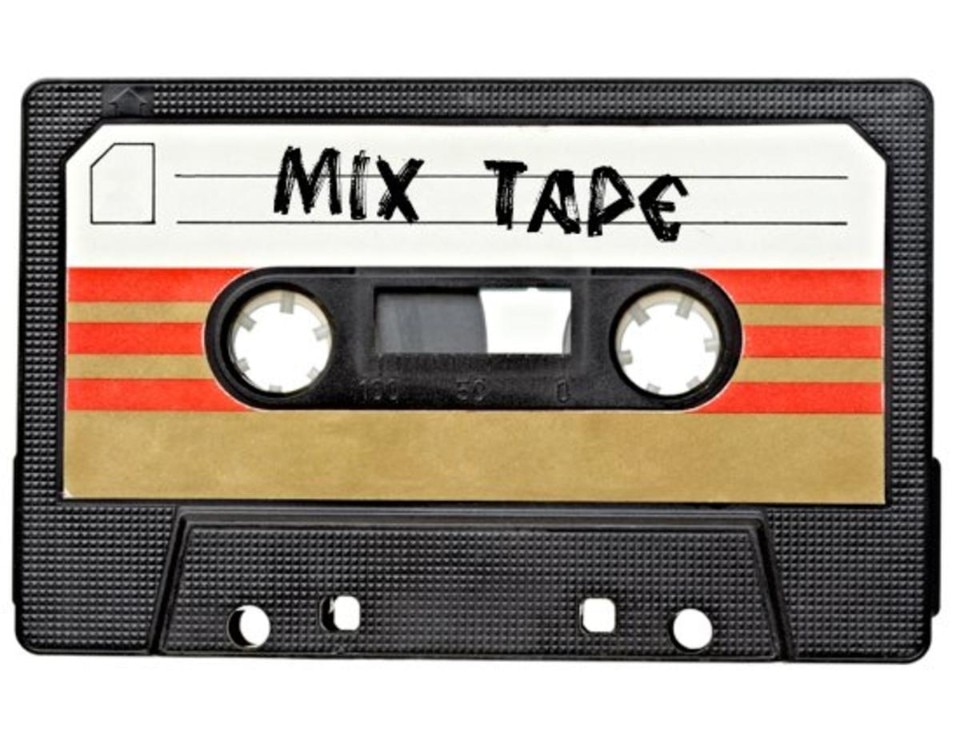There are those who are talking of a revival, those who think its a passing trend, and those who are seeing this as an ecological disaster. The return of the music cassette is one of the most debated subjects on the current music scene, a matter which is capable of dividing enthusiasts and infuriating environmentalists. On the one side are those who see the plastic cassette as a simple fad which is destined to quickly disappear. According to this theory, the music cassette is just a part of the 1980s-1990s revival which we are currently experiencing, and which will fade into nothing. The reason is simple. Despite being retro, vinyl offers warm tones which are impossible to achieve with digital supports, whereas the cassette offers lower quality than any other media and has nothing to offer in exchange.
On the other side we have the artists. In recent years, many have published on cassette. There is for example Aphex Twin, who published his EPs Cheetah from 2016 and Collapse from 2018 on tape, but the market also offers various bootlegs with altered titles and the label written as Aarp instead of Warp. Björk has gone a step further, a few days ago announcing the republishing on tape of her entire catalogue, from Debut from 1993 to Utopia from 2017.
Going beyond electronic music, we have the soundtrack to Bohemian Rhapsody, the musical film of the year, (and speaking of films, it is impossible not to mention Awesome Mix 1 and 2 for Guardians of the Galaxy), as well as Kylie Minogue, Ariana Grande, 20 Seconds to Mars, Arctic Monkeys, Snow Patrol, Richard Ashcroft, Gorillaz, and the Manic Street Preachers. There are a lot of artists jumping on the bandwagon and sales in the United States are showing growth in the region of 23 percent for 2018. Double figures which however hide the reality of the situation. Sales were so low that in absolute terms we are talking of a shift from 178 thousand copies to 219 thousand copies, while in 1994, the peak year for the support, music cassette sales reached 246 million. Again in 2018, vinyl saw an increase of 12% in sales, reaching 9.7 million copies.
An overview of the various formats has been carried out by Sharon George and Deirdre McKay, two experts on ecology from Keele University who on the website The Conversation compared CDs, vinyl and streaming, coming to a clear conclusion. The ecological impact of our music listening depends on how often we listen to a certain track. If we listen to is just a couple of times, the best choice is undoubtedly streaming. If instead we listen more frequently, it would be better to obtain a physical copy, whatever the support. Streaming in fact requires an enormous amount of energy.
In terms of material, vinyl, CDs and cassettes are all in the same boat. They cannot be recycled. Due to the toxic metals which cover tape and the plastic compound which contains it, cassettes are considered to all intents and purposes to be electronic refuse. Apart from a new lease of life through creative recycling, they cannot be reused and go straight to the non-recyclable refuse bin. Just like its other two colleagues. But if we want to nit-pick, vinyl has one point in its favour. In Italy, record covers are recyclable, while the polycarbonate CD and cassette cases are all non-recyclable. So think twice before throwing them away.


